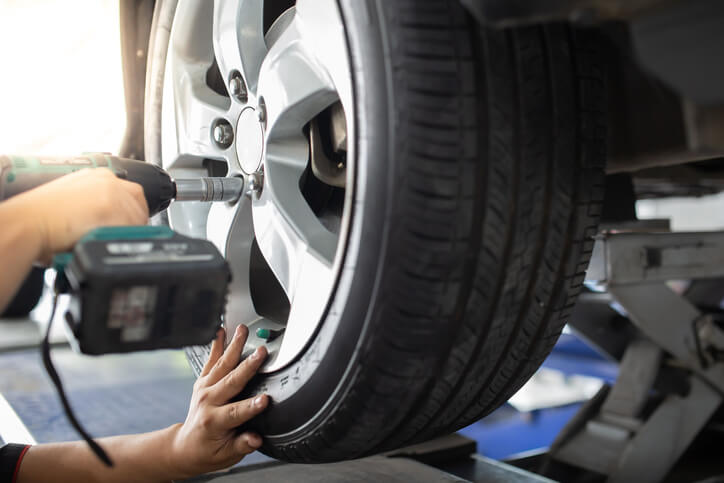What Causes Vibrations at Different Speeds? A Mechanic’s Diagnostic Guide
When drivers feel unexpected vibrations at certain speeds, their first instinct is often concern, and rightfully so. Vibrations can signal issues that affect drivability, safety, and long-term vehicle health. As you advance through your auto mechanic training, learning to diagnose vibration-related problems becomes one of the most valuable skills you’ll develop. Understanding how to isolate the source is essential for anyone working toward a career in the automotive field or hoping to become a mechanic.
Let’s break down why vibrations occur at different speeds and how future technicians identify the root cause.
Wheel and Tire-Related Vibrations
Most vibration complaints begin with the wheels and tires. Imbalances, uneven wear, bent rims, and damaged tires often produce vibrations that appear at highway speeds—typically between 90 and 120 km/h. An out-of-balance tire causes oscillations that intensify as the wheel rotates faster, while a bent rim creates cyclical, speed-specific shaking.
In your auto mechanic school training, you’ll learn to check for:
- Tire balance and weight placement
- Irregular tread wear patterns
- Wheel damage or warping
- Defective or separated tire belts
You’ll also practice using balancing and alignment equipment, essential tools for quickly eliminating wheel-related causes.
Suspension Problems and Chassis Wear
Suspension issues often create vibrations at a range of speeds and may intensify during turns, acceleration, or braking. Worn ball joints, control arm bushings, shocks, or struts can all contribute to unstable wheel movement. Loose or deteriorated components allow excessive play, creating vibrations that can feel like thumping, wobbling, or shaking through the steering wheel and chassis.
Mechanic students learn to:
- Inspect suspension geometry
- Test components for looseness or wear
- Evaluate shock and strut performance
- Check for bent control arms or misaligned parts
A suspension inspection is crucial when vibration changes based on road surface or steering input.

Driveline and Axle Issues
If vibration intensifies during acceleration or appears consistently at certain speeds, driveline components may be responsible. Problems with the driveshaft, CV joints, U-joints, or differential can all create rhythmic vibrations.
Common indicators include:
- A worn CV joint is causing vibrations under load
- Driveshaft imbalance is creating high-speed shaking
- A failing U-joint producing a clunking followed by vibration
- Differential issues causing noise paired with shuddering
During auto mechanic training, students learn how to inspect driveline angles, assess joint condition, and identify wear patterns that point to deeper mechanical concerns.
Engine and Transmission Mount Failures
Sometimes the vibration source isn’t the wheels or suspension at all. Worn or broken engine and transmission mounts can transfer engine harmonics directly into the cabin. These vibrations usually increase during acceleration or when shifting between gears.
A student preparing to become a mechanic is trained to:
- Diagnose worn mounts by observing engine movement under load
- Identify symptoms such as rattling during idle or harsh shifting
- Differentiate mount-related vibrations from driveline issues
Accurate diagnosis helps prevent misinterpretation of symptoms that mimic other system failures.

How Auto Mechanic Training Students Learn to Isolate the Cause
At ATC Cambridge, hands-on diagnostics are a core part of auto mechanic school. Students practice test-driving vehicles, using vibration analysis tools, performing systematic inspections, and applying elimination-based troubleshooting methods. By comparing how vibrations behave at different speeds and conditions, they learn to pinpoint the exact source with confidence.
Whether caused by wheels, suspension, driveline components, or engine mounts, vibrations offer valuable clues. With the right diagnostic training, future technicians can turn these clues into accurate repairs and safer vehicles, one vibration at a time.
Do you want to become a mechanic?
Contact ATC Cambridge for more information.


